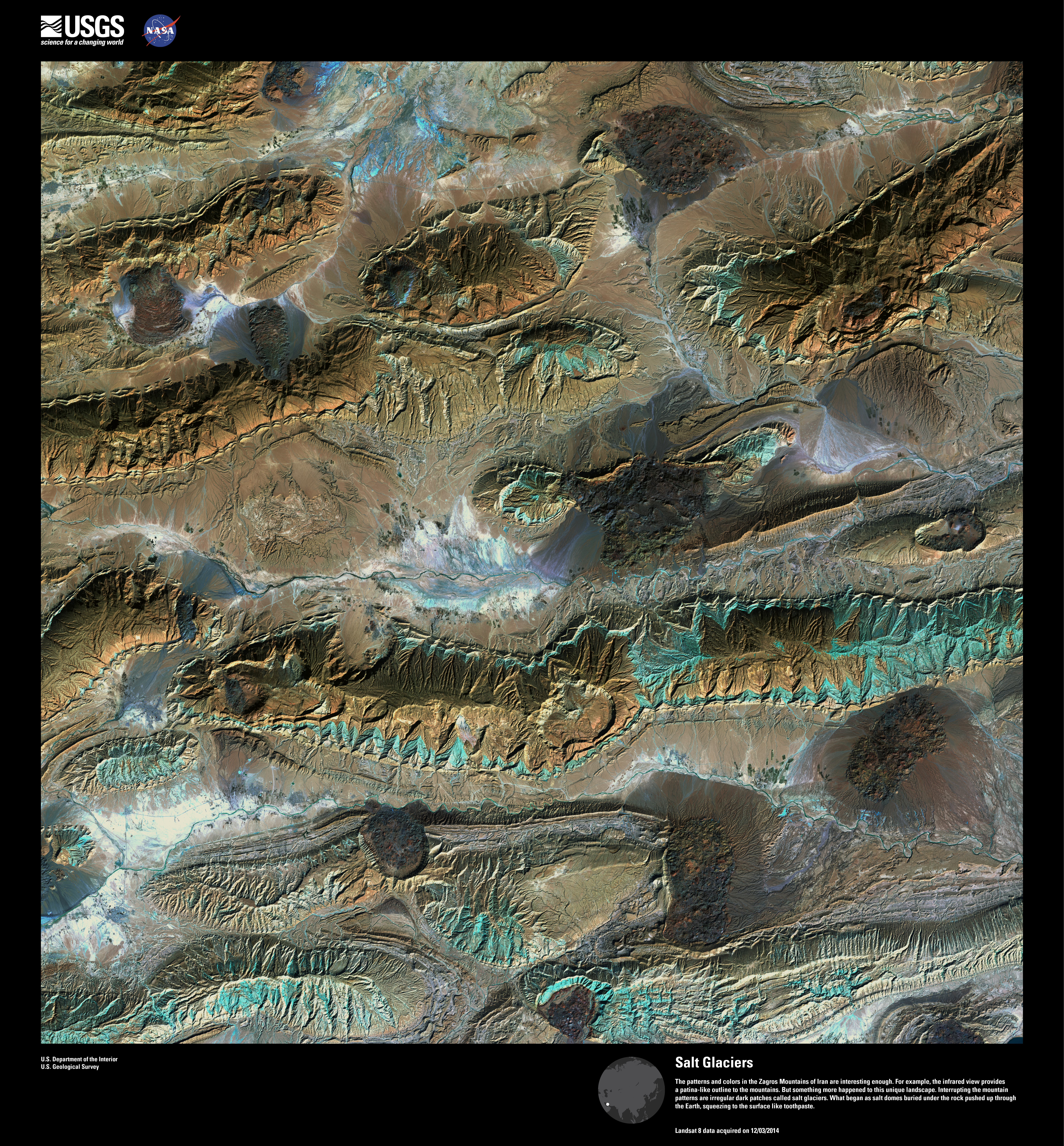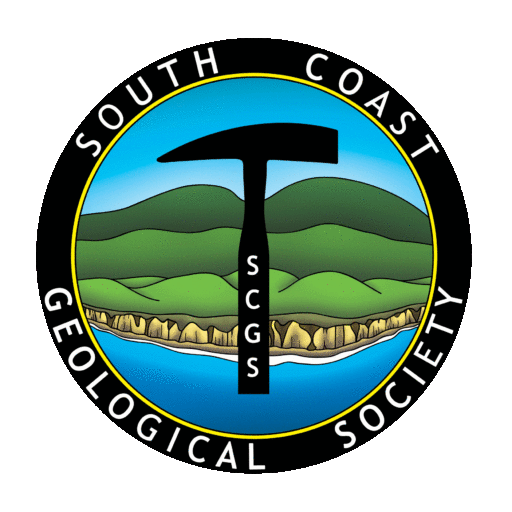Thank You Sponsors!
President’s Corner (July 2024)
July 29, 2024
Thanks to the 38 people who Zoomed in for the presentation by Professor Fred Phillips, New Mexico Tech, on the glaciation of Sierra Nevada. Dr. Phillips’ presentation provided us with an overview and an update on the science of determining the age of Sierra Nevada glaciation. For many younger geologists, it’s hard to imagine that only 50 years ago glacial chronology was strictly qualitative. Correlations to the continental glacial chronology of the Midwest (e.g., Wisconsin and Illinoisan) was the standard of the day. Material datable by radiocarbon is relatively uncommon in glacial moraines and even the stratigraphic relations were obscured. Fred reminded us of the geologically famous roadcut on Highway 395 north of Bishop, CA, that confirmed that the Sherwin Till was younger than the 0.772 Ma Bishop Tuff. Numerical dating of Sierra Nevada glaciation has benefited greatly from the application of cosmogenic nuclide dating to these sorts of problems. Thanks for Dr. Phillips for taking the time to provide an interesting presentation.
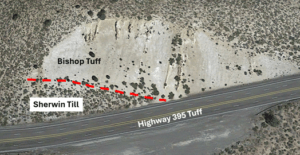
The presentation on the Sierra Nevada glaciation dovetails into this years South Coast field trip on October 18-20, 2024. The trip will be to southern Owens Valley. Keep watch on the your email and the website for sign-up.
- Friday afternoon: Tour of Owens Lake dust mitigation project.
- Saturday: Mt. Whitney fish hatchery debris flows, Poverty Hills rock avalanche, Tinemaha Reservoir paleoseismic project
- Sunday: Lone Pine earthquake rockfalls, 1872 Owens Valley earthquake scarps, Owens Lake
Our August 5th meeting will be a presentation by Dr. Roy Shlemon at Dave & Buster’s in Orange. Dr. Shlemon’s presentation will be “Locating active faults within the City of Beverly Hills, California.” As always, I’m sure Roy will stimulate wonderful discussion.
Future Meetings:
- September 9 – Dr. Diane Clemens-Knott, CSU Fullerton, Bedrock geology of the Sierra Nevada
- October 18-20 – field trip
- November 4 (Zoom) – Drs. Jeff Pigati and Kathleen Springer, USGS, Ancient hominid footprints of North America
Respectfully,
Jeff Knott
-Diamond Level-



– Gold Level –
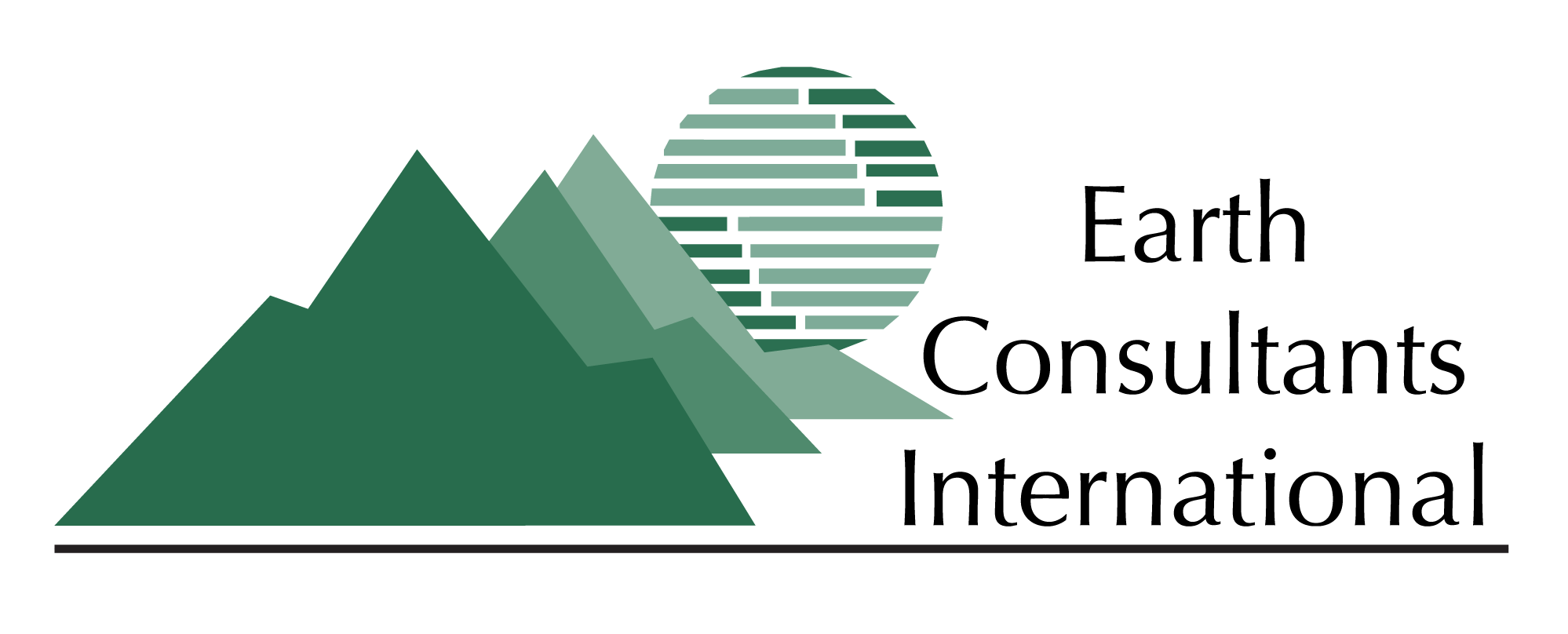

– Silver Level –



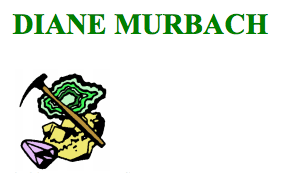
– Bronze Level –
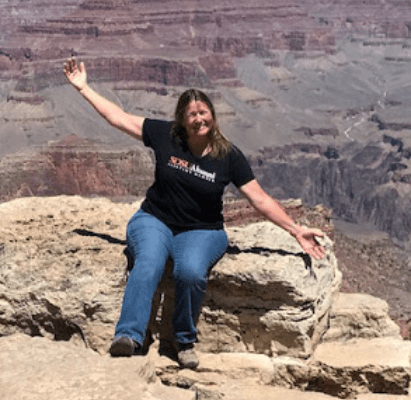
Sue Tanges
1998 SCGS President
